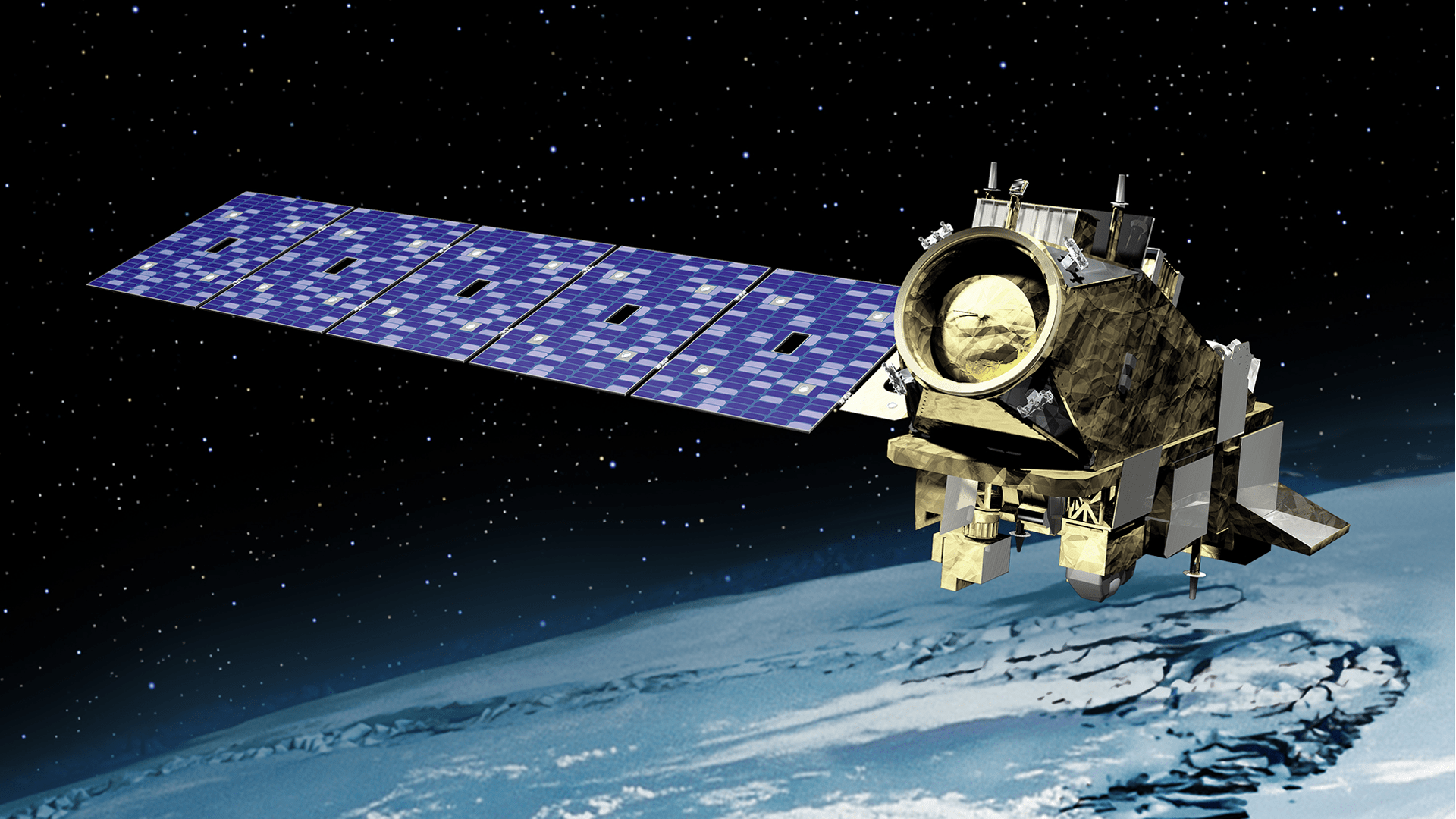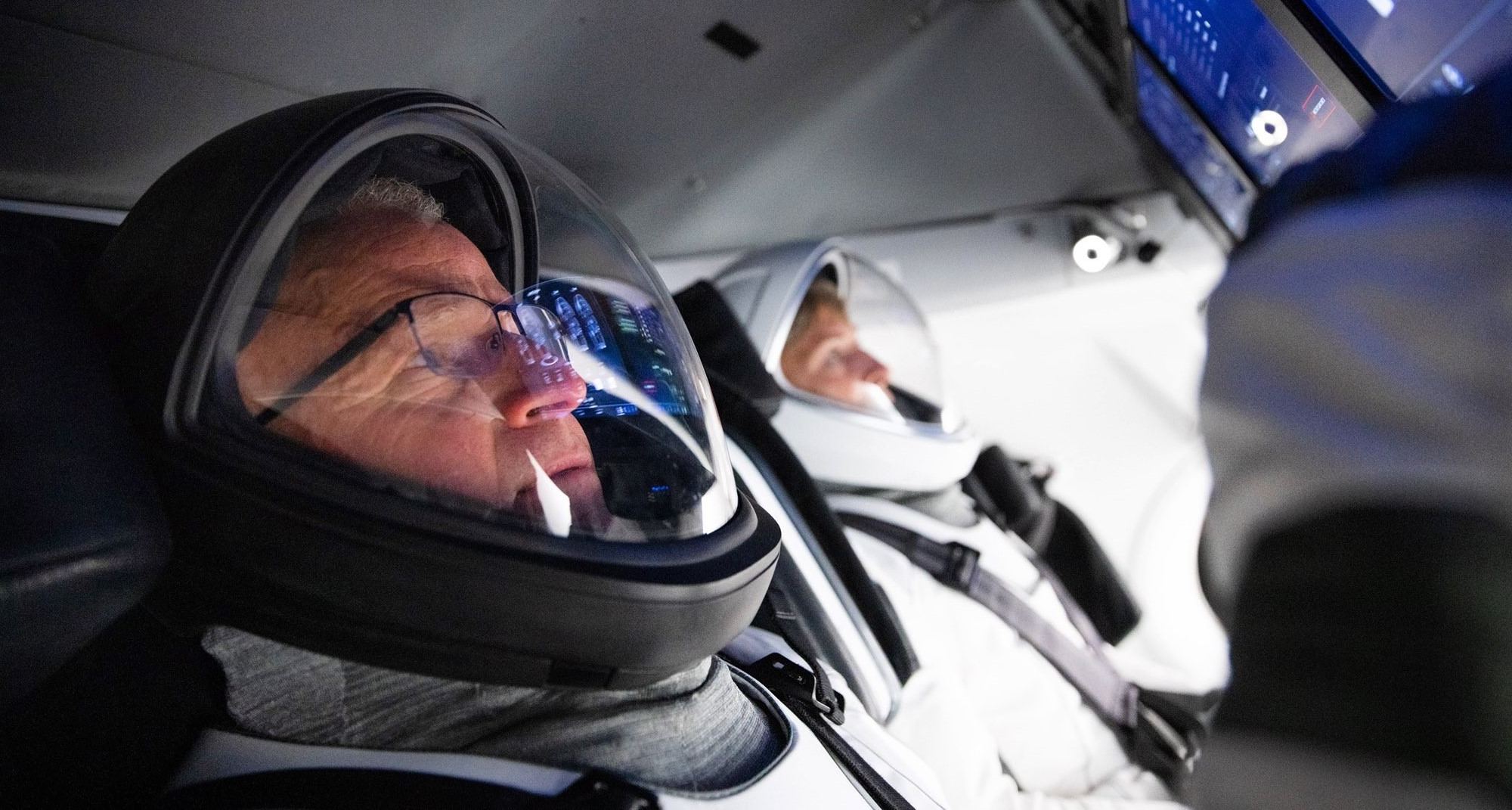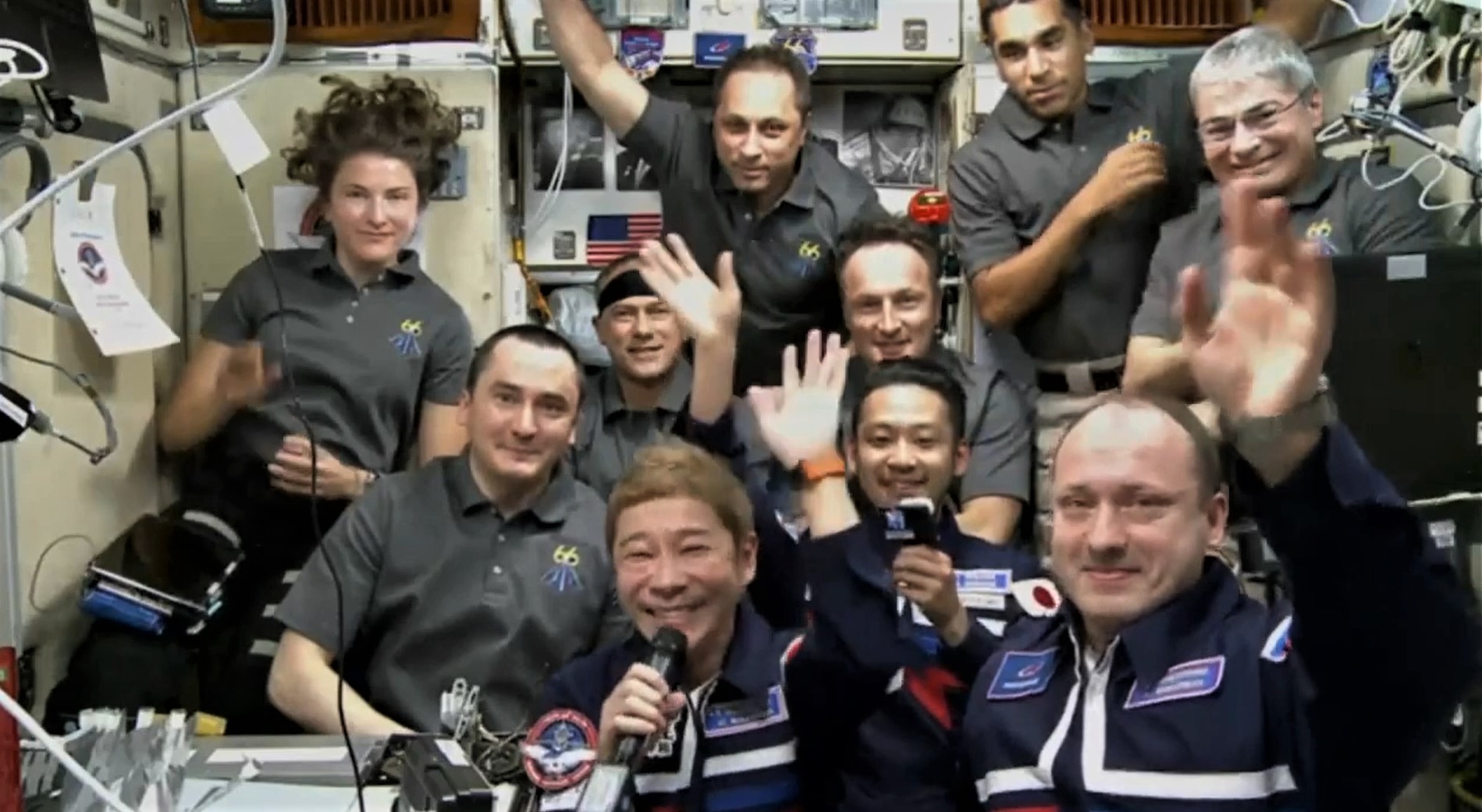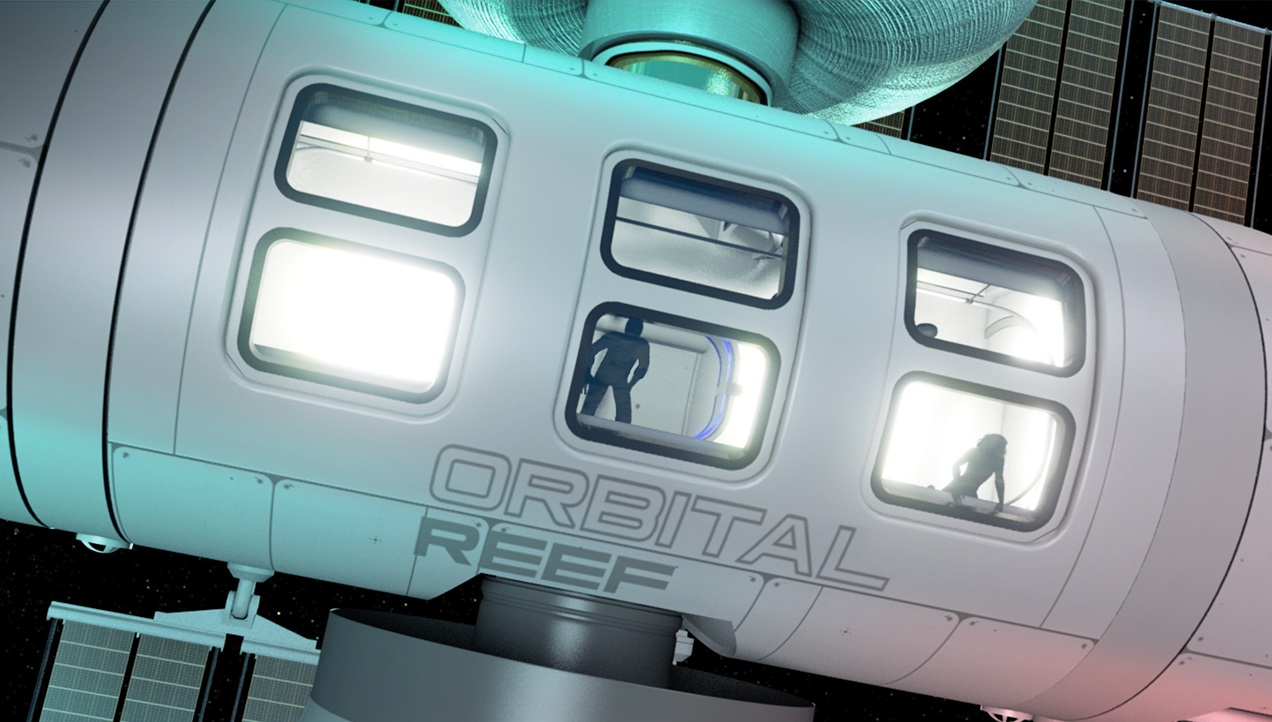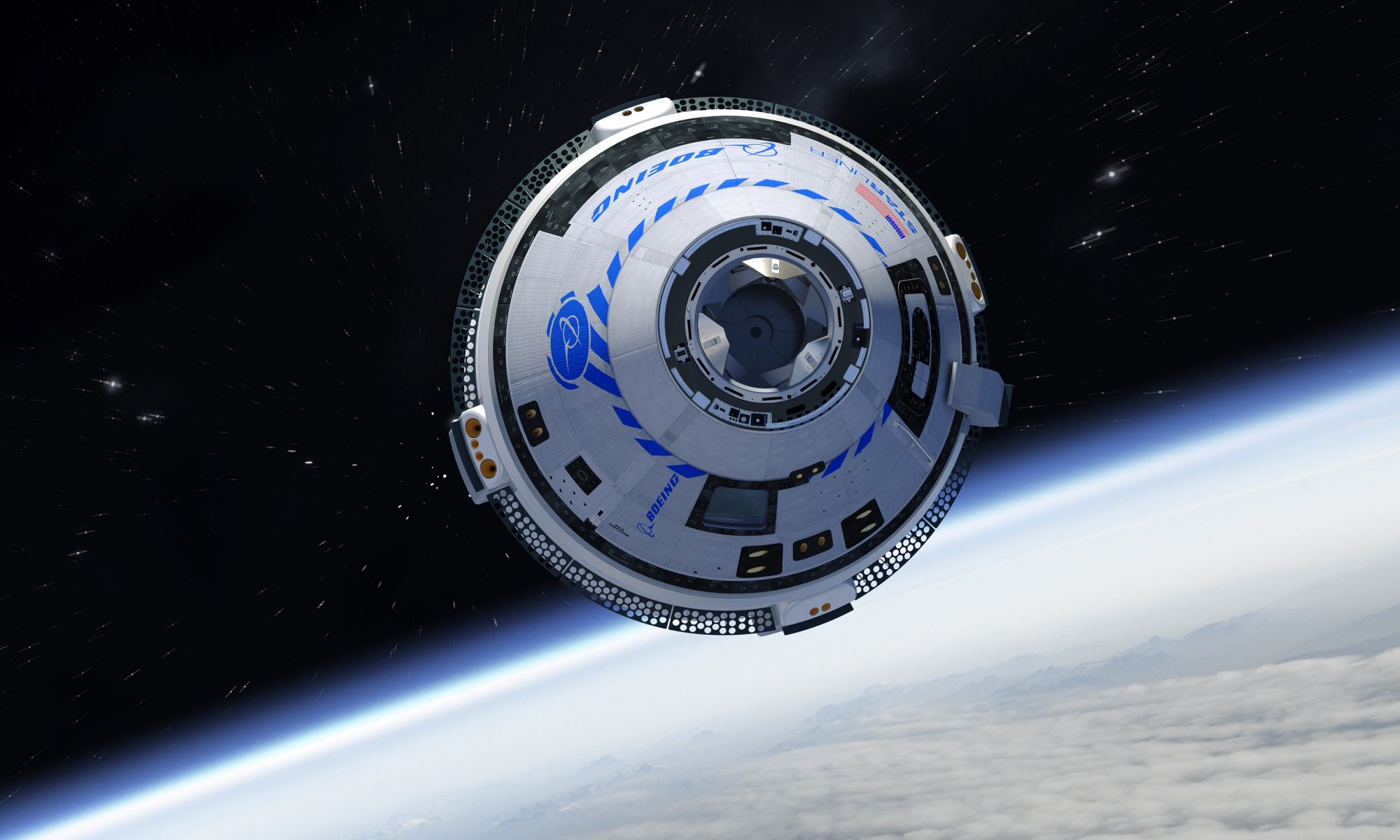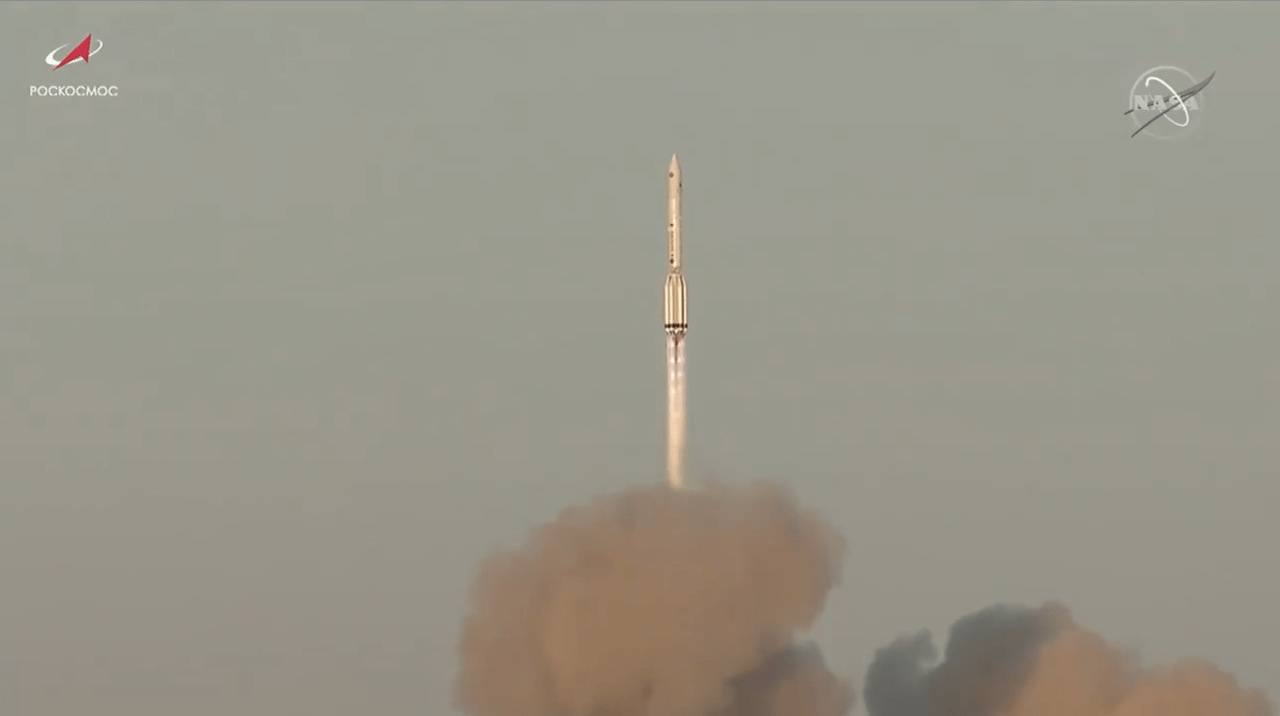Japanese billionaire Yusaku Maezawa and two crewmates have returned to Earth after an 11-day mission to the International Space Station that was marked by online innovations including an NFT drop and a lottery giveaway.
Maezawa, his production assistant Yozo Hirano, and Russian cosmonaut Alexander Misurkin took a 3.5-hour ride from the station on a Soyuz craft, climaxing in a touchdown amid the steppes of Kazakhstan around the appointed time of 0313 GMT (9:13 a.m. local time) Dec. 20.
After the landing, the three spacefliers were helped out of the capsule and given medical checks.
The short-duration stay was the first private astronaut trip to the space station brokered by Virginia-based Space Adventures in 12 years. In an interview with The Associated Press, Maezawa said reports that he paid more than $80 million for the adventure were “pretty much” accurate.
“Once you are in space, you realize how much it is worth it by having this amazing experience,” he told AP. “And I believe that this amazing experience will lead to something else.”
Continue reading “Japanese Billionaire Finishes Up Space Station Mission With Online Flourishes”

